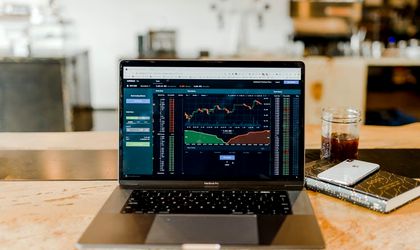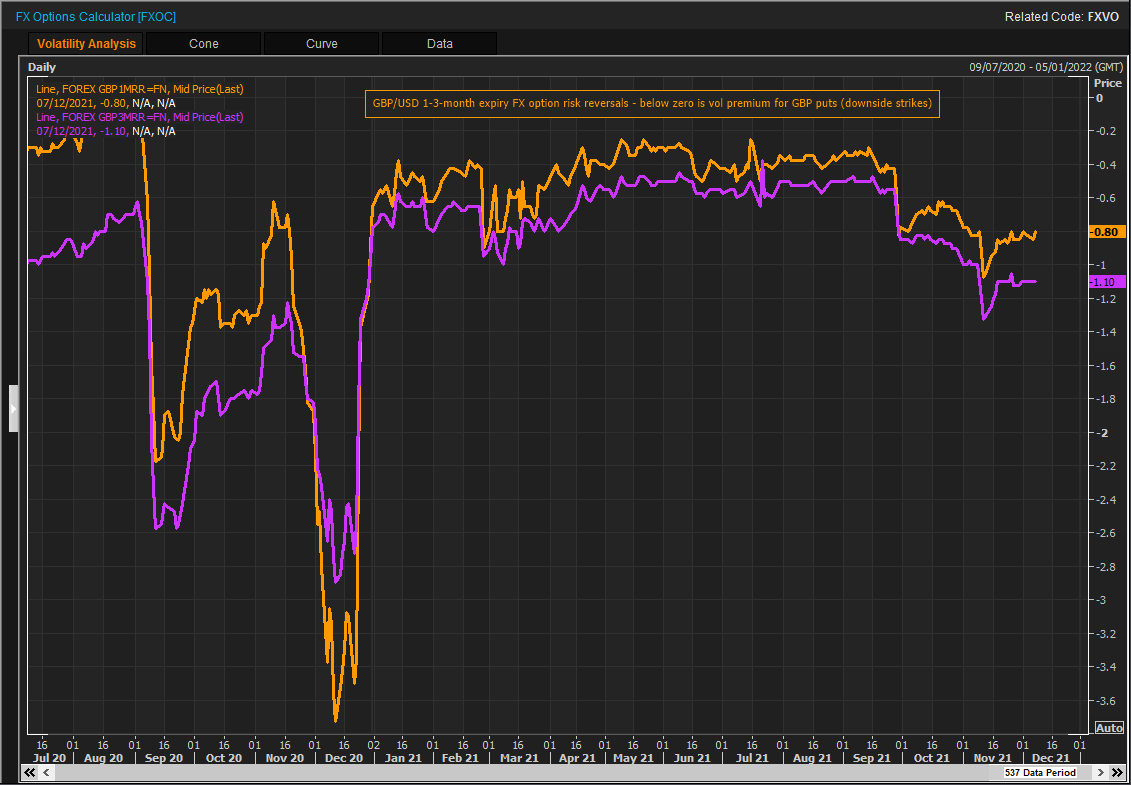
E-mini contracts could be a suitable option for traders looking for investment in the S&P 500. E-mini contracts are similar in size to full-sized forwards contracts but have smaller margins. E-minis are a great investment tool for individual traders.
E-minis were first introduced by the Chicago Mercantile Exchange in 1997. The E-mini was developed to make futures trading more affordable for individual traders and smaller investors. The E-mini contract is currently one-fifth of the standard S&P futures contracts. E-mini contracts are a good option for traders who don't have enough capital to buy full-sized contracts. Traders can also use E-minis to execute spread trading.
E-minis are available as Micro Emini or Regular Emini. The Micro E-mini is one-tenth the size of the regular contract, and has a multiplier of $5. Traders can also choose to trade the Micro E-mini on a mobile trading platform. The Schwab StreetSmartCentral trading platform makes it possible to trade the Micro E-mini. The contract can traded six times a week. This allows traders who do not have the time for trading to benefit.

Micro E-mini S&P can be used as an investment tool by investors who have limited capital but want to invest in S&P 500. The Micro E-mini is priced at $5 per point change, and the contract is available for trading throughout the day. To lower the entry barrier for traders, the Micro E-mini S&P was introduced. Investors who wish to manage stock allocation risk and hedge their positions can use the Micro E-mini S&P.
Clear goals are essential for traders when trading on the Emini Market. A plan should be developed for traders to determine their entry, stop loss and target position. A good plan can help traders stick to their goals, and they can avoid losing money. E-mini sessions can be risky. There are however many opportunities to make money. Investors can decide to end a trade if it is not successful. An investor can also try a different strategy if a trade fails to go as planned.
CME Group launched the Micro E-mini S&P (May 2019). This contract allows investors the opportunity to position in the four largest U.S. indices, including the S&P 500 and the NASDAQ 100. It also has weekly options for Wednesday expirations and Friday expirations.
E-mini trading is a lucrative market that allows traders to use a variety of strategies. These strategies can be time-consuming and take patience. For them to succeed, they need to be competitive. A mentor is also a good idea for traders to help them with their discipline. They should have a plan they follow, and they should strive to win at most two trades. If they fail, they have the option to quit.

You can trade the Emini by creating a plan that will include your stop loss, your target position, and your entry. You must be consistent in your plan until you reach the goal.
FAQ
What is the distinction between marketable and not-marketable securities
The differences between non-marketable and marketable securities include lower liquidity, trading volumes, higher transaction costs, and lower trading volume. Marketable securities on the other side are traded on exchanges so they have greater liquidity as well as trading volume. Marketable securities also have better price discovery because they can trade at any time. There are exceptions to this rule. For instance, mutual funds may not be traded on public markets because they are only accessible to institutional investors.
Non-marketable securities can be more risky that marketable securities. They usually have lower yields and require larger initial capital deposits. Marketable securities are usually safer and more manageable than non-marketable securities.
For example, a bond issued by a large corporation has a much higher chance of repaying than a bond issued by a small business. The reason is that the former is likely to have a strong balance sheet while the latter may not.
Because they are able to earn greater portfolio returns, investment firms prefer to hold marketable security.
What is a mutual-fund?
Mutual funds consist of pools of money investing in securities. They allow diversification to ensure that all types are represented in the pool. This helps reduce risk.
Mutual funds are managed by professional managers who look after the fund's investment decisions. Some mutual funds allow investors to manage their portfolios.
Mutual funds are preferable to individual stocks for their simplicity and lower risk.
How do I choose a good investment company?
You want one that has competitive fees, good management, and a broad portfolio. The type of security that is held in your account usually determines the fee. Some companies charge no fees for holding cash and others charge a flat fee per year regardless of the amount you deposit. Some companies charge a percentage from your total assets.
It is also important to find out their performance history. A company with a poor track record may not be suitable for your needs. Avoid companies with low net assets value (NAV), or very volatile NAVs.
You also need to verify their investment philosophy. A company that invests in high-return investments should be open to taking risks. If they are unwilling to do so, then they may not be able to meet your expectations.
How do people lose money on the stock market?
Stock market is not a place to make money buying high and selling low. It is a place where you can make money by selling high and buying low.
Stock market is a place for those who are willing and able to take risks. They would like to purchase stocks at low prices, and then sell them at higher prices.
They expect to make money from the market's fluctuations. But if they don't watch out, they could lose all their money.
How can I invest in stock market?
Through brokers, you can purchase or sell securities. Brokers can buy or sell securities on your behalf. Trades of securities are subject to brokerage commissions.
Banks charge lower fees for brokers than they do for banks. Because they don't make money selling securities, banks often offer higher rates.
To invest in stocks, an account must be opened at a bank/broker.
Brokers will let you know how much it costs for you to sell or buy securities. The size of each transaction will determine how much he charges.
Your broker should be able to answer these questions:
-
To trade, you must first deposit a minimum amount
-
Are there any additional charges for closing your position before expiration?
-
what happens if you lose more than $5,000 in one day
-
How many days can you maintain positions without paying taxes
-
How you can borrow against a portfolio
-
Whether you are able to transfer funds between accounts
-
How long it takes transactions to settle
-
The best way to sell or buy securities
-
How to Avoid fraud
-
How to get help for those who need it
-
How you can stop trading at anytime
-
Whether you are required to report trades the government
-
Whether you are required to file reports with SEC
-
Do you have to keep records about your transactions?
-
whether you are required to register with the SEC
-
What is registration?
-
How does it affect me?
-
Who is required to register?
-
When do I need registration?
Are stocks a marketable security?
Stock is an investment vehicle which allows you to purchase company shares to make your money. You do this through a brokerage company that purchases stocks and bonds.
Direct investments in stocks and mutual funds are also possible. There are more mutual fund options than you might think.
The key difference between these methods is how you make money. Direct investment allows you to earn income through dividends from the company. Stock trading is where you trade stocks or bonds to make profits.
Both of these cases are a purchase of ownership in a business. If you buy a part of a business, you become a shareholder. You receive dividends depending on the company's earnings.
Stock trading is a way to make money. You can either short-sell (borrow) stock shares and hope the price drops below what you paid, or you could hold the shares and hope the value rises.
There are three types stock trades: put, call and exchange-traded funds. Call and put options give you the right to buy or sell a particular stock at a set price within a specified time period. ETFs, also known as mutual funds or exchange-traded funds, track a range of stocks instead of individual securities.
Stock trading is very popular because investors can participate in the growth of a business without having to manage daily operations.
Stock trading can be a difficult job that requires extensive planning and study. However, it can bring you great returns if done well. It is important to have a solid understanding of economics, finance, and accounting before you can pursue this career.
Statistics
- US resident who opens a new IBKR Pro individual or joint account receives a 0.25% rate reduction on margin loans. (nerdwallet.com)
- The S&P 500 has grown about 10.5% per year since its establishment in the 1920s. (investopedia.com)
- Individuals with very limited financial experience are either terrified by horror stories of average investors losing 50% of their portfolio value or are beguiled by "hot tips" that bear the promise of huge rewards but seldom pay off. (investopedia.com)
- "If all of your money's in one stock, you could potentially lose 50% of it overnight," Moore says. (nerdwallet.com)
External Links
How To
How to make a trading program
A trading plan helps you manage your money effectively. It allows you to understand how much money you have available and what your goals are.
Before you create a trading program, consider your goals. You may want to save money or earn interest. Or, you might just wish to spend less. You might consider investing in bonds or shares if you are saving money. If you're earning interest, you could put some into a savings account or buy a house. And if you want to spend less, perhaps you'd like to go on holiday or buy yourself something nice.
Once you decide what you want to do, you'll need a starting point. This depends on where your home is and whether you have loans or other debts. Consider how much income you have each month or week. The amount you take home after tax is called your income.
Next, save enough money for your expenses. These include rent, bills, food, travel expenses, and everything else that you might need to pay. All these things add up to your total monthly expenditure.
Finally, you'll need to figure out how much you have left over at the end of the month. That's your net disposable income.
You now have all the information you need to make the most of your money.
You can download one from the internet to get started with a basic trading plan. Or ask someone who knows about investing to show you how to build one.
Here's an example.
This shows all your income and spending so far. It also includes your current bank balance as well as your investment portfolio.
Here's an additional example. This was created by a financial advisor.
This calculator will show you how to determine the risk you are willing to take.
Remember, you can't predict the future. Instead, be focused on today's money management.